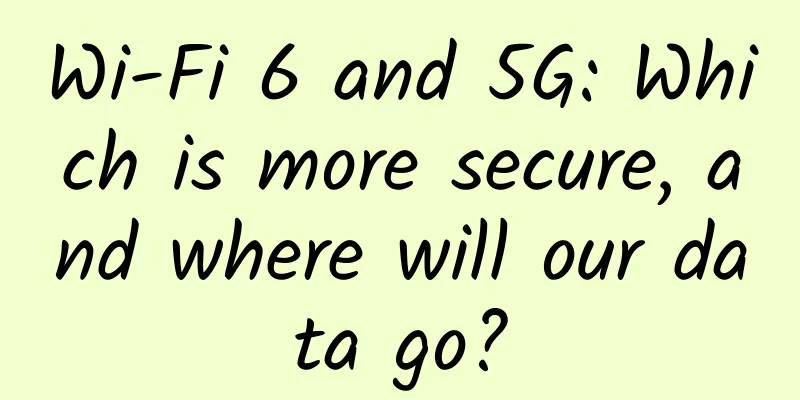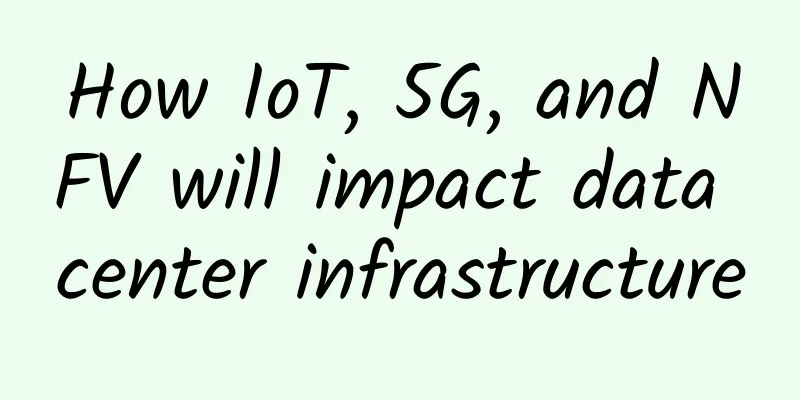Wi-Fi 6 and 5G: Which is more secure, and where will our data go?

|
Historically, one of the biggest drawbacks of Wi-Fi, especially compared to cellular networks, is the level of security it can provide. Unlike Wi-Fi, wireless cellular technology has an over-the-air security layer as well as the security provided by SIM card authentication introduced in 2G. These features make 5G a more secure option for enterprises or venues, said Adam Smith, director of product marketing at LitePoint.
However, Kevin Robinson, senior vice president of marketing at the Wi-Fi Alliance, corrected that statement slightly, noting that comparisons are just as important as deployment models. "If you compare the security that W-Fi provides when needed with a device that has credentials configured, and compare that to cellular security, you'll find that both Wi-Fi and cellular provide adequate security for this model," he said. "They both meet the requirements." He added that Wi-Fi offers an extremely flexible deployment architecture that can stretch from unauthenticated networks all the way up to very secure enterprise or government networks. Add to that the fact that the Wi-Fi Alliance has introduced higher levels of Wi-Fi security, WPA3 and Wi-Fi Enhanced Open, both of which will be required in every W-Fi certified device starting July 1, 2020. WPA3 promises to be able to handle the flexibility that Robinson mentioned, ranging from use cases with no security needs at all to those that require government-grade security. Smith agreed that with the recent WPA3 update, Wi-Fi 6 and 5G are more comparable from a security perspective, and that Wi-Fi is now "basically on par with any cellular security at the physical layer." While Wi-Fi is trying to improve its security to make it a more reliable choice for handling all kinds of data, cellular networks are trying to be more than just a mobile technology, which also means achieving greater flexibility. Robinson provided further details: "Cellular is moving toward things that Wi-Fi is already doing, such as Extensible Authentication Protocol (EAP), so [cellular] is actually leveraging a lot of the technology that Wi-Fi is already using." "The reason for this and why Wi-Fi is sometimes adopted," Robinson continued, "is that Wi-Fi doesn't just support a single deployment model. Wi-Fi supports multiple deployment models, including the unauthenticated experience where you can walk into a coffee shop, tell no one who you are, and join a network. Try doing that with your phone." The problem with increased flexibility in cellular networks is that with increased flexibility comes concerns about who has access to the data, Smith said. Data Ownership Perry Correll, director of product marketing at Extreme Networks, also believes that companies should think seriously about data ownership in the 5G era. After reading about Verizon's plan to beam 5G signals from inside a company or enterprise to the carrier's small cell towers, which would send traffic to the carrier's core network, he hesitated. He explained: “When I read that, the first thing that resonated with me was all the data that goes back to the carriers. How am I going to get that data back to me as a business, as a business?” Data sourcing and analysis has become critical in business operations because with this data you can apply machine learning and artificial intelligence, potentially improving every aspect of your business dramatically. “If we get into an environment where we’ve replaced all of our Wi-Fi devices with some type of small cell base station and we’ve moved from Wi-Fi to a carrier-based network, all of that data for what’s happening on my network is actually happening on the carrier’s network,” Correll believes. From there, what happened to the data? "As a business or enterprise, do I have free access to this data? Can I go into the cloud service and see everything and have it returned to me? Do I need permission?" he asked, admitting he didn't know yet. "I can only answer those questions based on where you are in the world, with different rules, and with different software packages that different vendors might offer," he said. Either way, Correll argues that a process will need to be put in place to address data ownership when it sits on a cellular network that doesn’t exist today. He believes that discussion on this particular topic is lacking because when people think of cellular communications, they think of smartphones. However, in a pure 5G environment, or even in a Wi-Fi and 5G venue environment, other devices such as laptops, tablets, IoT devices and any other wireless-enabled device will be on the network. "Right now, if I have a Wi-Fi access point and I have data flowing through it, that's mine ... and I can do whatever I want with it as long as I keep track of whatever application is running on the network," he said. "But in a pure 5G environment, all the data flowing through them will be delivered to someone else first." |
<<: Division of wireless AP channels in WLAN
>>: 5G brings edge cloud services to the forefront
Recommend
Dan Yi from Liepin.com: Welcome to the heyday of machine learning
On November 25-26, 2016, the WOT 2016 Big Data Te...
CDN shifts from price war to technology war, will video cloud rewrite the market landscape?
Just as the rise of e-commerce was premised on th...
TCP state transition and production problem practice
The previous article introduced the main processe...
Network Automation Market to Surge Over the Next Decade
According to the latest forecast from Future Mark...
RAKsmart: Dedicated servers from $30/month, VPS hosts from $0.99/month, 40G high-security servers from $99/month
At the end of last month, we shared some of RAKsm...
Four perspectives to teach you to understand the Internet of Things
There is no doubt that it is very convenient to c...
CloudPowerall: Los Angeles/Hong Kong CN2 GIA annual payment starts from $24.99
CloudPowerall is a relatively new foreign VPS ser...
Mellanox Launches Innovative ConnectX-6 Dx Chip, BlueField-2 Secure Cloud SmartNIC and I/O Processing Unit Solutions
Beijing, China – September 3, 2019 – Mellanox Tec...
Σco Time | The "new" foundation of digital economy, Huawei and Xinghai IoT create a sustainable growth smart park
[51CTO.com original article] In the context of po...
In-depth Explanation: What is "Time Granting"?
[[340662]] This article is reprinted from the WeC...
With the advent of the cloud era, what new challenges does IT operations and maintenance face?
In the era of cloud computing, IT system construc...
In the next ten years, the WiFi module market will usher in rapid growth
According to market research by Market.us, the gl...
How to quickly build an enterprise full-scenario database management platform in one stop?
Gartner's report shows that by 2022, 75% of d...
Liu Guangyi: Spectrum unification promotes early commercial use of 5G and smooth evolution of 4G networks to 5G
5G has become the focus of major exhibitions, but...
Let’s talk about the truth about 5G cars
[[259646]] Under the global consensus that "...









